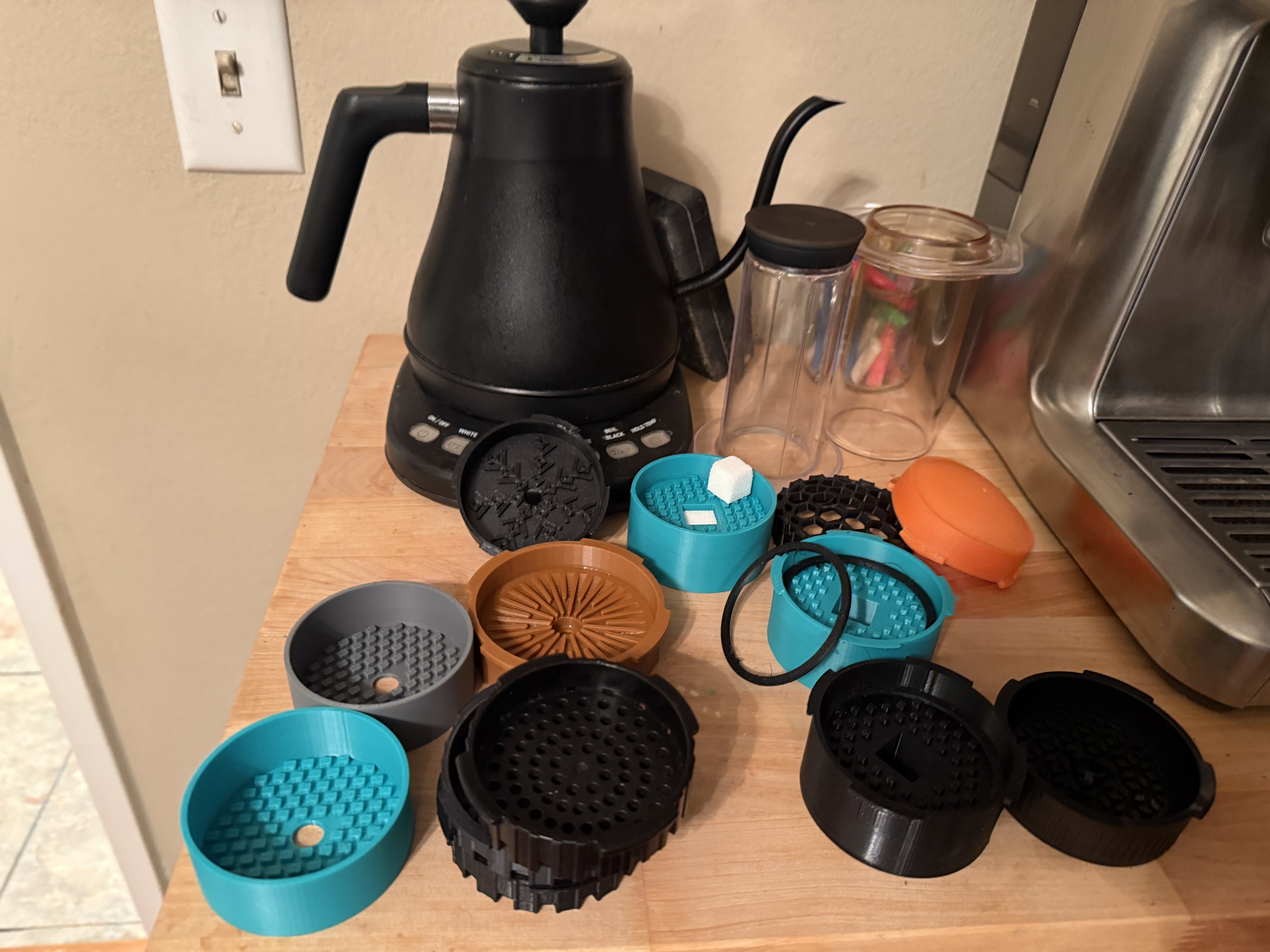Open Source Sharing
Chapter 7: Contributing to Open Hardware
Why Open Source?
Community Benefits
- Collective improvement through iteration
- Accessibility for all skill levels
- Transparency in design decisions
- Education through shared knowledge
Personal Benefits
- Learn from others’ modifications
- Get feedback on designs
- Build reputation in maker community
- Contribute to coffee culture
Licensing Your Work
Choosing a License
For hardware projects, consider:
- CERN Open Hardware License
- Designed specifically for hardware
- Strong copyleft provisions
- Requires attribution
- CC BY-SA
- Creative Commons Attribution-ShareAlike
- Good for documentation
- Widely understood
- MIT/Apache
- Permissive licenses
- Good for associated software
- Maximum freedom for users
JMC License Choice
The NoDrip XL is released under Creative Commons Attribution-ShareAlike 4.0 (CC BY-SA 4.0): - Attribution: Credit Jason Makes Coffee (JMC) and link back to the project - ShareAlike: Any remix must remain under CC BY-SA so improvements stay open - Encourages derivative sharing - Compatible with commercial use
Building Community

Platforms for Sharing
- GitHub/GitLab
- Version control
- Issue tracking
- Discussions
- Free for open source
- Printables/Thingiverse
- 3D printing focused
- Built-in makes gallery
- Comment systems
- Hackaday.io
- Project logs
- Component lists
- Build instructions
- Forums
- Reddit (r/3Dprinting, r/Coffee)
- Discord servers
- Specialty forums
Engaging Contributors
Welcome Contributions
- Respond promptly to issues
- Thank contributors publicly
- Credit all contributions
- Maintain friendly tone
Clear Guidelines
## Contributing
We welcome contributions! Please:
1. Fork the repository
2. Create a feature branch
3. Make your changes
4. Submit a pull request
See CONTRIBUTING.md for details.Managing Feedback
Positive Responses
- Feature requests → Create issues
- Success stories → Add to gallery
- Improvements → Encourage PRs
Constructive Criticism
- Safety concerns → Address immediately
- Design flaws → Document and fix
- Better methods → Learn and adapt
Sustainability
Long-term Maintenance
- Set expectations about support
- Find co-maintainers for continuity
- Document everything thoroughly
- Archive properly if discontinuing
Creating Derivatives
Encourage others to: - Fork for specific use cases - Translate documentation - Port to different printers - Adapt for other brewers
Impact Measurement
Success Metrics
- Download/clone counts
- Derivative projects
- Community contributions
- Real-world usage photos
Gathering Feedback
- User surveys
- Coffee quality reports
- Failure/success stories
- Suggested improvements
Future Directions
Potential Expansions
- Standard-size AeroPress NoDrip (coming next)
- Swappable valve experiments (flexible membranes, check-ball inserts)
- More JMC coffee upgrades (gaskets, pressure mods, brew-tool experiments)
- Different brewing methods (V60, Chemex adaptations)
Technology Evolution
- Resin printing for precision
- Multi-material capabilities
- Automated testing rigs
- Community design tools
Call to Action
For Users
- Download and print the NoDrip XL
- Brew, taste, tweak your recipes
- Fork the repo and share your remix
- Remember attribution & share-alike all the way
For Developers
- Fork the repository on GitHub or Printables
- Experiment with valve designs and materials
- Contribute improvements back to the community
- Help expand to other AeroPress models
Conclusion
Open source hardware democratizes innovation. By sharing the JMC cap design, we hope to: - Inspire better coffee brewing - Encourage maker creativity - Build a supportive community - Advance 3D printing applications
Your contributions, no matter how small, make this project better for everyone.
Thank you for joining this journey. May your coffee be excellent and your prints successful!